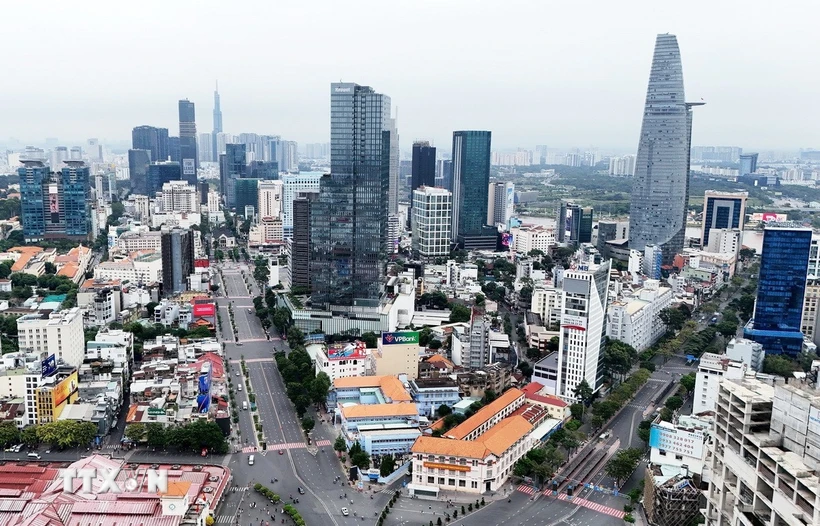
A corner of Ho Chi Minh City. (Photo: Hong Dat/VNA)
In the new development context, the Government has determined that Vietnam has only one international financial center, with a single policy framework located in Ho Chi Minh City and Da Nang .
With an idea "cherished" for more than 20 years, the establishment of an international financial center is expected to open up many opportunities for Ho Chi Minh City to create a new growth pole in the context of the upcoming administrative boundary merger and unwanted effects from global tariff tensions.
New development space
Regarding the advantages of building an international financial center in Vietnam, all opinions agree that Ho Chi Minh City is an outstanding locality to achieve this goal. For many years, Ho Chi Minh City has played the role of the country's economic "locomotive" with its dynamic economic foundation and deep international integration. This is the largest commercial-service-financial center in Vietnam, where many credit institutions, insurance companies, securities companies, fund management companies and large domestic and foreign investors are headquartered.
Major financial institutions are headquartered along main streets in District 1 such as Nguyen Hue, Ton That Dam, Ton Duc Thang, etc., creating a bustling economic-service area and a highlight of Ho Chi Minh City for many years.
Ho Chi Minh City also possesses the basic institutions for the modern financial market, including the stock market, capital market, payment centers, digital banking infrastructure and well-operated financial technology (Fintech) applications, in which Fintech is predicted to change the game of international financial centers around the world. This suggests the development of an international financial center of Vietnam, with Ho Chi Minh City as the ideal destination for implementation, as most of the current Fintech businesses are gathered here.
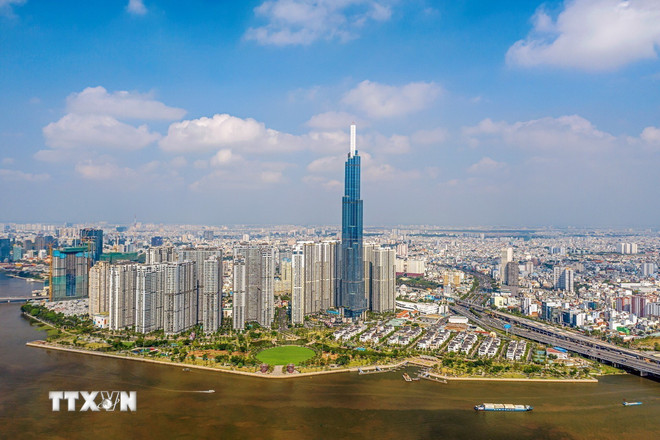
Ho Chi Minh City is also the only locality in the country to be included in the official list of global financial centers (GFCI). (Source: VNA)
Notably, Ho Chi Minh City is also the only locality in the country to be included in the official ranking of global financial centers (GFCI).
In the 37th GFCI ranking report (March 2025), Ho Chi Minh City unexpectedly jumped 7 places compared to last year, ranking 98th out of 119 ranked cities. This is also the highest ranking since Ho Chi Minh City was included in the GFCI financial center ranking in 2022.
According to Mr. Nguyen Van Duoc, Chairman of the People's Committee of Ho Chi Minh City, in addition to its strategic geographical location, the financial market in Ho Chi Minh City has close connections with major financial centers in the region such as Singapore, Hong Kong, Shanghai, Tokyo... through investment and trade activities.
“Tan Son Nhat International Airport and in the future Long Thanh Airport along with large surrounding seaports are favorable conditions for developing a global financial ecosystem,” Mr. Nguyen Van Duoc emphasized.
In addition, Ho Chi Minh City also plans to build the “hardware” for the International Financial Center in Thu Thiem New Urban Area (Thu Duc City), across the river from the existing Financial District 1. This new urban area creates opportunities for further ecosystem development and helps Ho Chi Minh City increase its ability to attract international talent and develop innovative financial services.
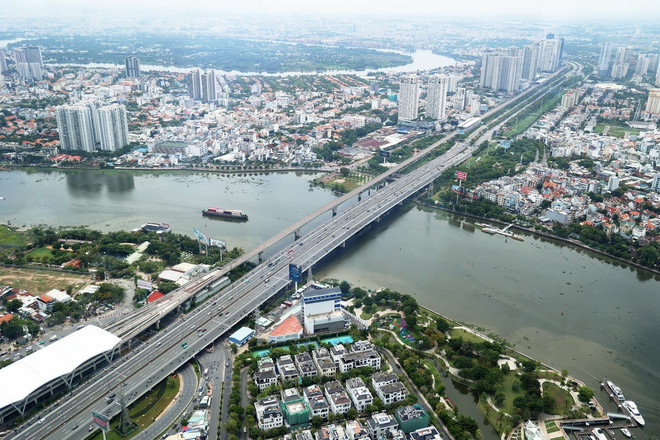
Saigon Bridge and Vo Nguyen Giap Avenue connect downtown Ho Chi Minh City with Thu Duc City. (Photo: Hong Dat/VNA)
In particular, the upcoming merger of Ho Chi Minh City’s administrative boundaries with Ba Ria-Vung Tau and Binh Duong will also create new development space for the international financial center in Ho Chi Minh City. Despite many challenges, the model of a rare megacity will bring Ho Chi Minh City many opportunities to promote development.
According to Professor-Doctor Tran Hoang Ngan, National Assembly Delegate, Ho Chi Minh City has the right factors to realize the dream of becoming an international financial center. Especially after the merger, Ho Chi Minh City will be the pillar of industry, industrial park clusters with the focus on Binh Duong; seaports, tourism, logistics with Ba Ria-Vung Tau area combined with Can Gio; thereby promoting the commercial and financial pillars in Ho Chi Minh City. This will be a new growth pole for Ho Chi Minh City in the coming period, promoting the country to rise in the era of the country's rise.
Mr. Andrew Oldland, Head of the International Financial Center Working Group of TheCityUK, the organization that prepared the consulting report for Ho Chi Minh City, also shared that the history of financial centers in the world all started from owning a real production base, meaning that the support of the financial center must be linked to support for local economic activities.
Therefore, the upcoming administrative boundary merger of Ho Chi Minh City will create a “golden triangle” where finance is closely linked to production, logistics, and seaports. It will be an international financial center that “lives” with the pulse of the real economy, with goods, services, technology, factories, etc.
Things that can be done immediately
The recent trade and tariff tensions are putting the global economy in front of many new challenges. Vietnam’s highly open economy and Ho Chi Minh City – the country’s largest economic center – will also be the place that will be most directly and clearly affected. In that context, some experts believe that the construction of an international financial center may be affected to some extent if trade tensions persist.
To support the business community, Mr. Phan Minh Thong, Chairman of the Board of Directors of Phuc Sinh Joint Stock Company, proposed to immediately build an international-class commodity exchange right in the international financial center.
According to Mr. Thong, the commodity exchange will be part of the financial center, built on the basis of Vietnam's commodity advantages. However, to improve and attract cash flow and transaction value, we must be ready to focus on training human resources right now as well as rely on the experiences and failures of some countries.
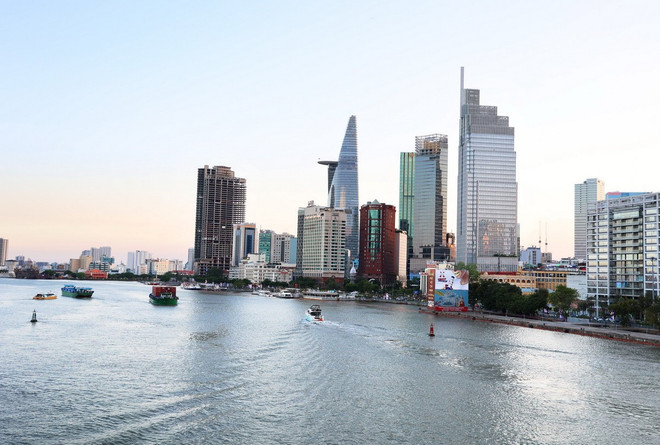
The central urban area of Ho Chi Minh City lies peacefully on the Saigon River. (Photo: Hong Dat/VNA)
Currently, Vietnam also has commodity exchanges, but on a modest scale. Singapore once had the ambition to build a pepper and cashew exchange, but ultimately failed; meanwhile, the commodity exchange in India has attracted a lot of international capital flows and traded globally, etc. These are examples.
“There are many benefits for businesses from manufacturing to import-export, investors, financial enterprises, intermediary organizations, etc. when there is a trading floor. There is no “magic potion” that is effective immediately with support policies, but the trading floor is a “magic bag” that helps businesses be proactive, and can even participate in regulating the flow of goods globally. The impact of tariffs on goods traded through the floor will be significantly reduced when the flow from here goes around the world, not depending on a certain market,” said Mr. Thong.
To attract and maintain international investment capital, as well as build prestige for the international financial center in Ho Chi Minh City, Associate Professor - Doctor Nguyen Huu Huan, University of Economics Ho Chi Minh City proposed to build new financial products, including models such as experimental cryptocurrency exchanges; exchanges calling for capital for startups through ICO; decentralized stock exchanges, which will be effective tools to attract investors, especially in the era of digital technology and decentralized finance that are developing strongly.
According to this expert, the implementation of the above products will create a flexible, safe and modern financial ecosystem; at the same time, expand the ability to connect with international financial markets, helping the financial center of Ho Chi Minh City increase its attractiveness and improve its position on the global financial map.
It is expected that the Resolution on the Vietnam Financial Center will be considered and approved by the National Assembly at the 9th Session of the 15th National Assembly in May 2025. While waiting for the legal framework and national solutions, experts recommend that Ho Chi Minh City take strong and decisive steps to promote the implementation of necessary activities.
According to Professor-Doctor Tran Hoang Ngan, investing in infrastructure for an international financial center is extremely important, including infrastructure serving international financial activities such as information technology infrastructure, modern digital infrastructure, transportation infrastructure, and socio-cultural infrastructure. This is the foundation to facilitate international financial activities to take place effectively and quickly. At the same time, Ho Chi Minh City needs to implement specialized training programs and build a professional working environment to attract international financial experts...
Experts also said that Ho Chi Minh City needs to carefully prepare plans to implement policy institutions after the National Assembly approves them.
The city needs to have policies to attract large financial corporations in the world, attract senior global financial personnel and build clear and transparent operating regulations. This will create a stable legal environment, encourage international investors and businesses to participate in the international financial center... thereby supporting Ho Chi Minh City to establish a new growth pole in the coming time./.
Source: https://www.vietnamplus.vn/tp-ho-chi-minh-xay-dung-trung-tam-tai-chinh-quoc-te-trong-boi-canh-moi-post1036295.vnp



![[Photo] Dan Mountain Ginseng, a precious gift from nature to Kinh Bac land](/_next/image?url=https%3A%2F%2Fvphoto.vietnam.vn%2Fthumb%2F1200x675%2Fvietnam%2Fresource%2FIMAGE%2F2025%2F11%2F30%2F1764493588163_ndo_br_anh-longform-jpg.webp&w=3840&q=75)




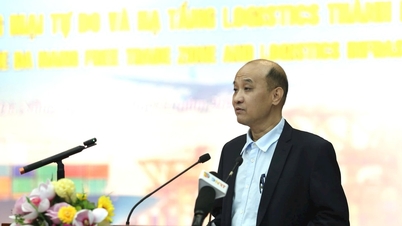





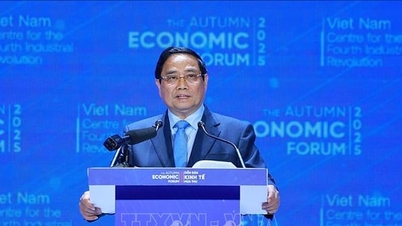
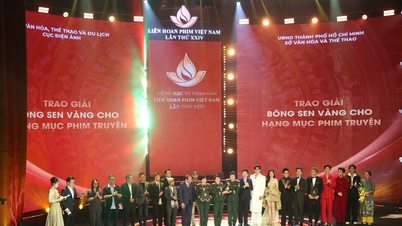

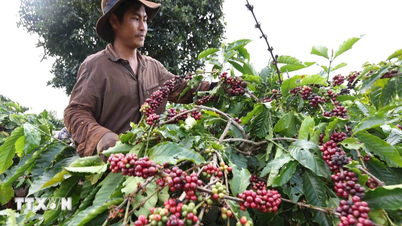





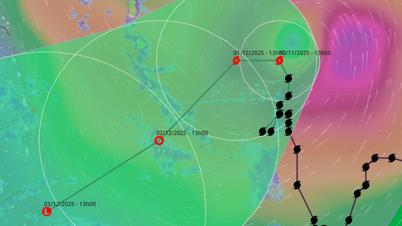








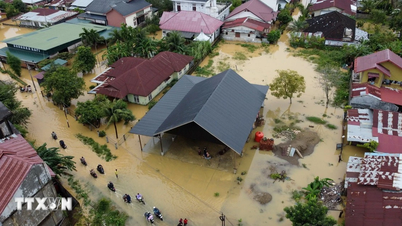
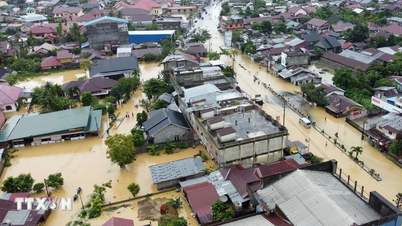
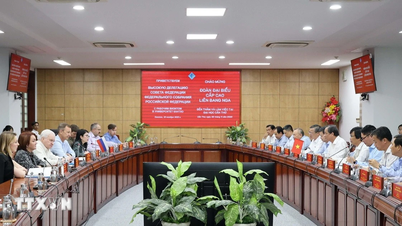

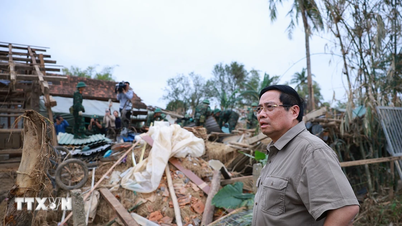


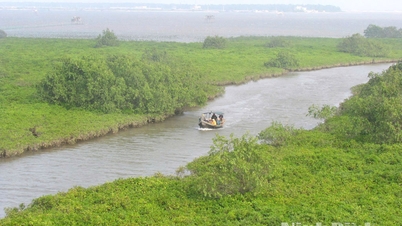



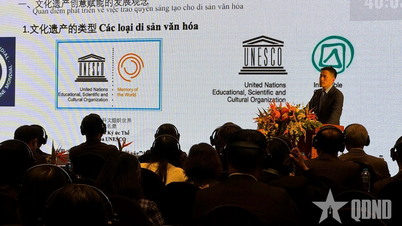

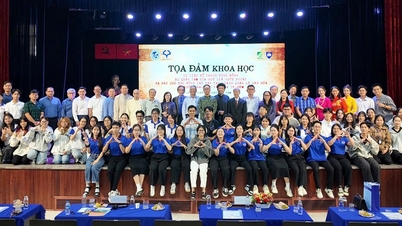








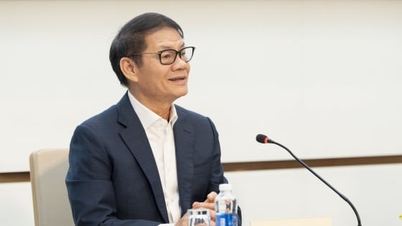




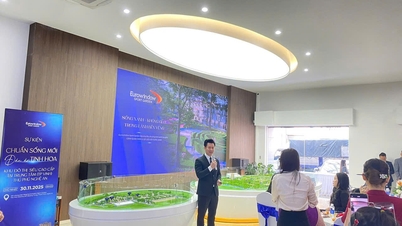

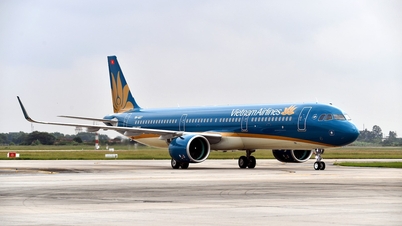
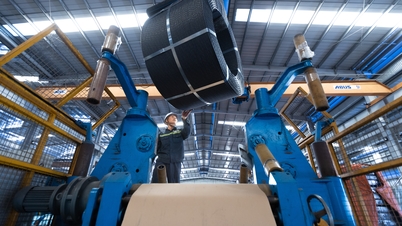

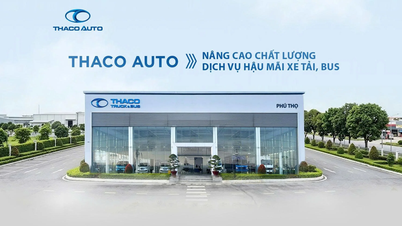






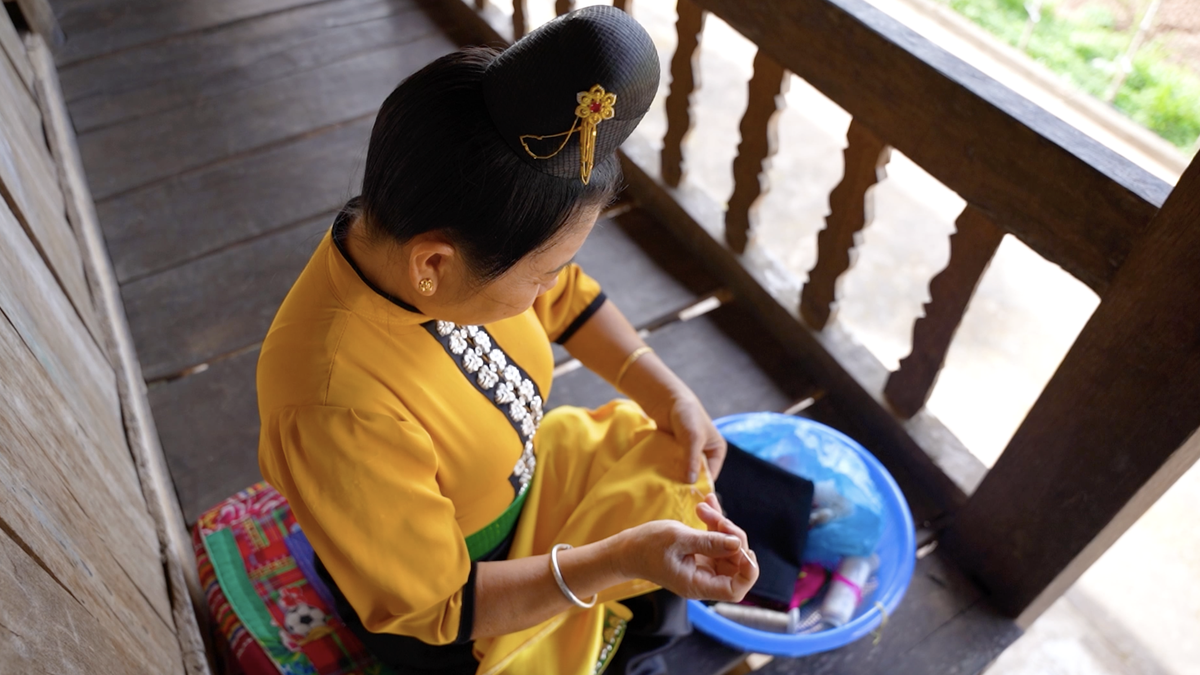
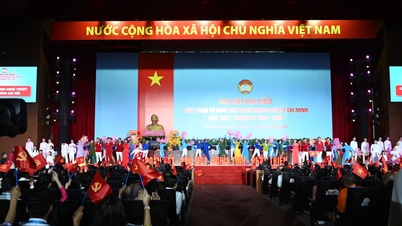




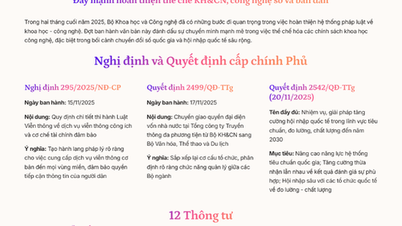

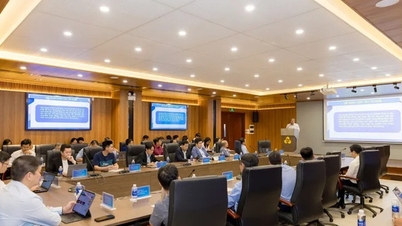

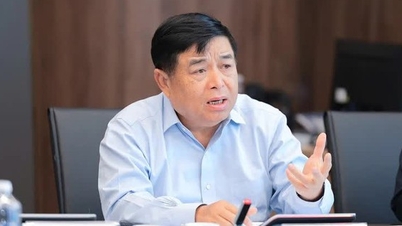

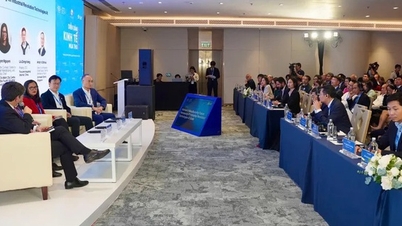
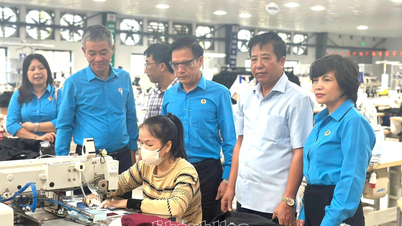

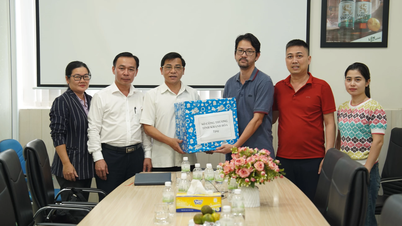
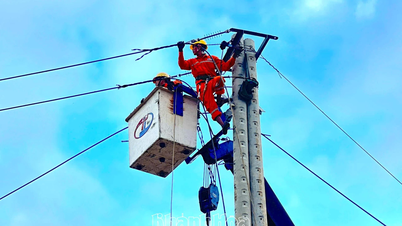
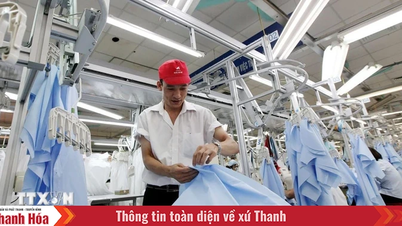

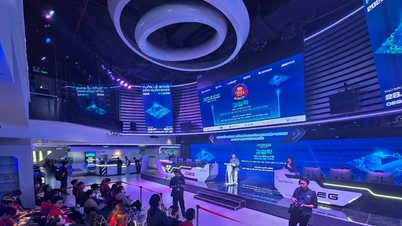
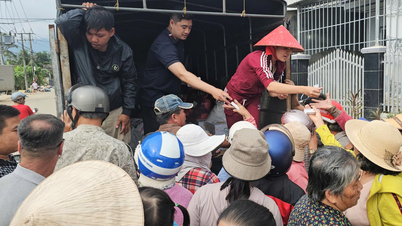





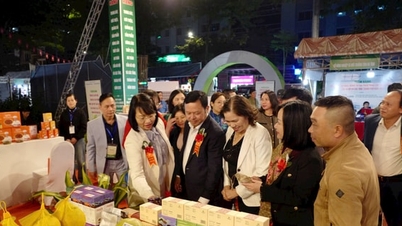
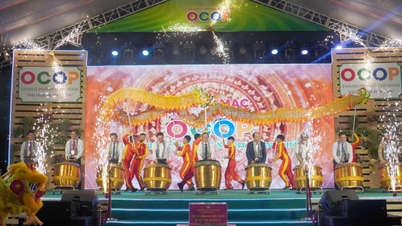



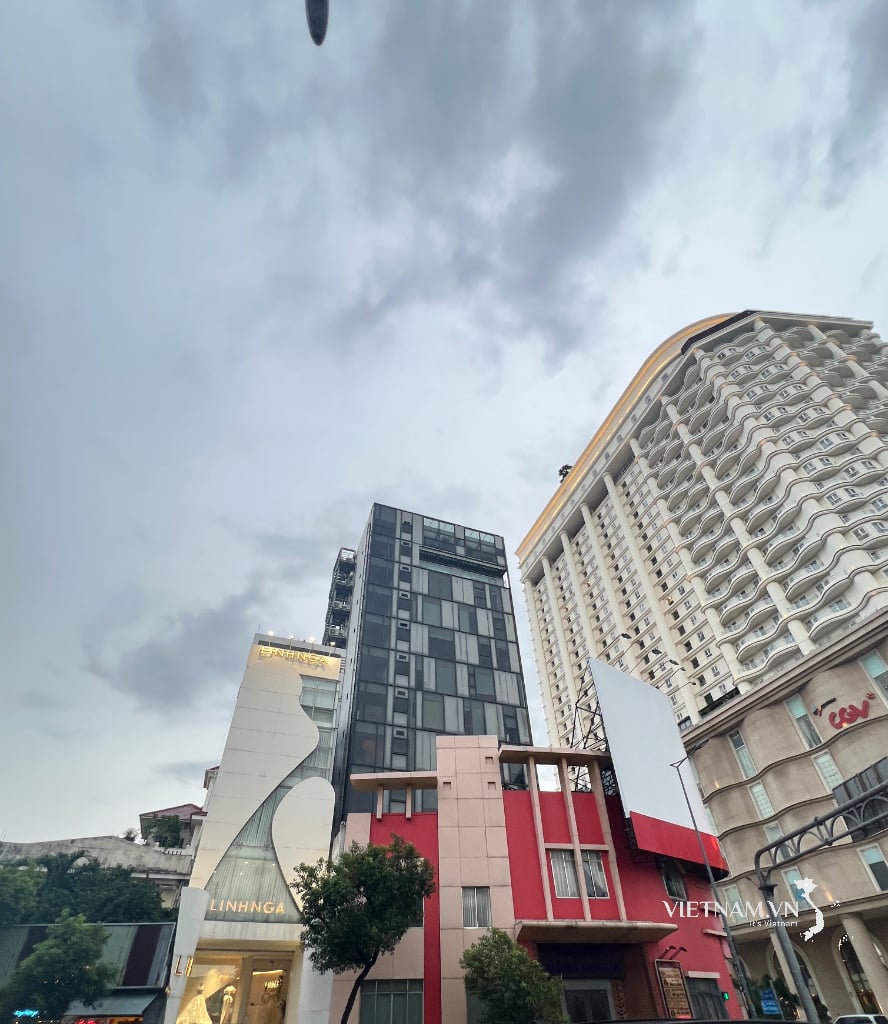

Comment (0)